A Trip to Sado Island
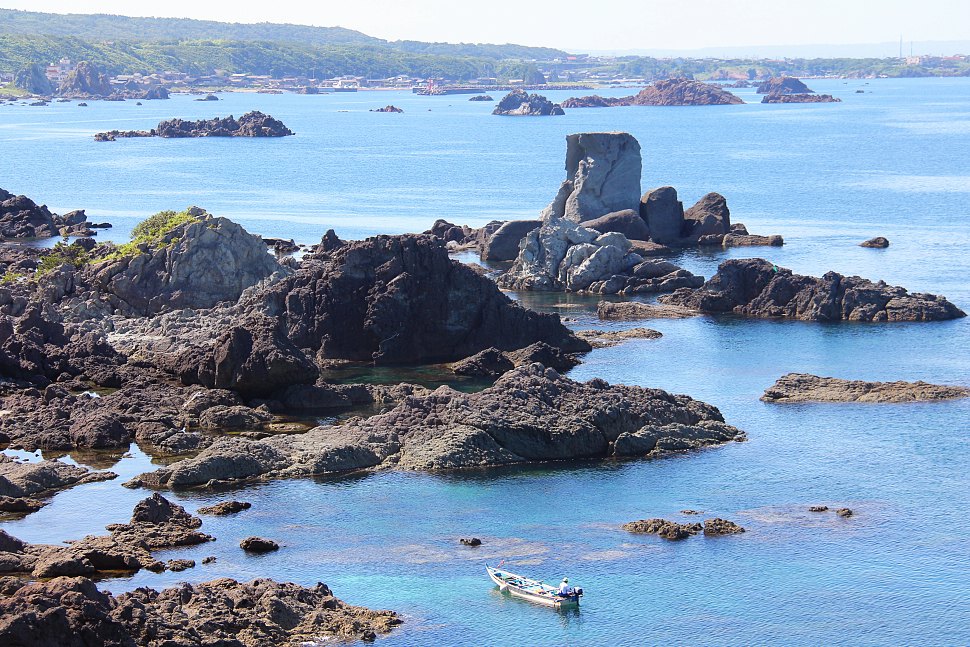
Sado Island, located off the coast of Niigata Prefecture, is Japan's second largest island after Okinawa and is known for possessing a rich history and culture. Up until the middle ages, this island served as a place of exile where many influential figures were sent for opposing the government. The isle experienced a boom during the Edo Period when large amounts of gold were discovered and were subsequently mined on an industrial scale. The gold rush brought vast wealth and attracted people from all over Japan, enabling a rich and diverse culture to flourish on the island. With such an interesting heritage, we were eager to begin our trip and to discover the island for ourselves.
We land on Sado Island after a 65 minute jetfoil (high-speed ferry) ride from the mainland and immediately go in search of food. Furumaiya Nagamo lies around five minutes from the ferry terminal by car and is an ideal place to eat when landing at the port of Ryotsu on the east of the island. The owner of this eatery is also the chef and fisherman, an aspect that ensures only the freshest seafood is served to hungry customers like us. Indeed the seafood platter we order is fresh and delicious, from the sashimi to the cooked oysters from Lake Kamo, Niigata Prefecture's biggest lake.
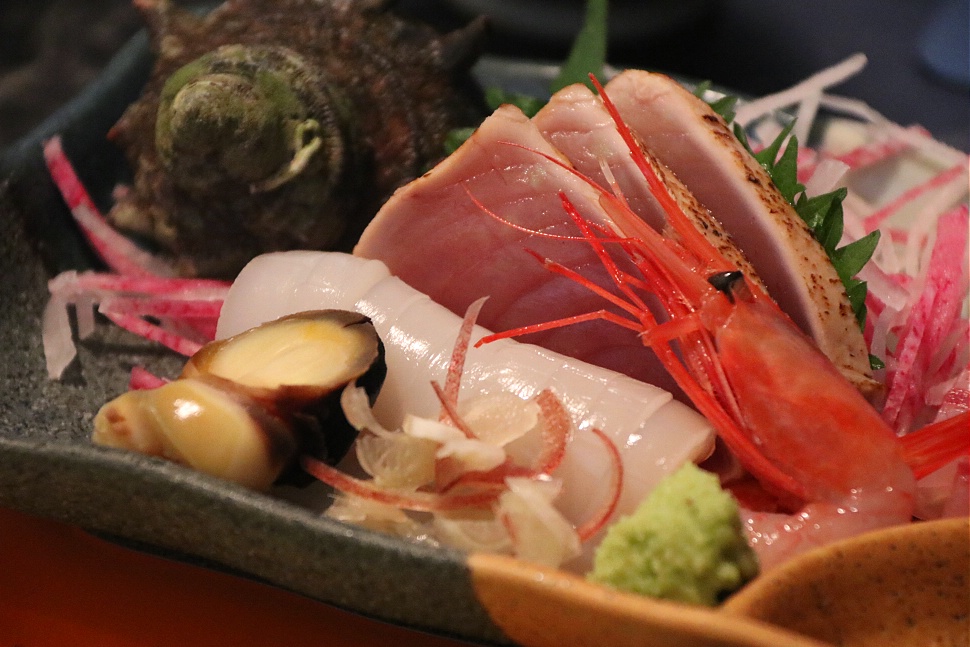

Reinvigorated and with full stomachs, it's time to go temple viewing and the first we explore is a gem. Seisuiji Temple was founded in the year 808 by a monk from Kyoto and was built with a protruding stage on its upper levels reminiscent of Kyoto's exalted Kiyomizudera. The ascent up stone steps to the main hall is very atmospheric and is said to be at its most spectral in the early morning when thick fog hangs over the surrounding forest. The complex itself is grand and rustic, and ascending more stone steps leads us to the temple's stage which overlooks the forest.

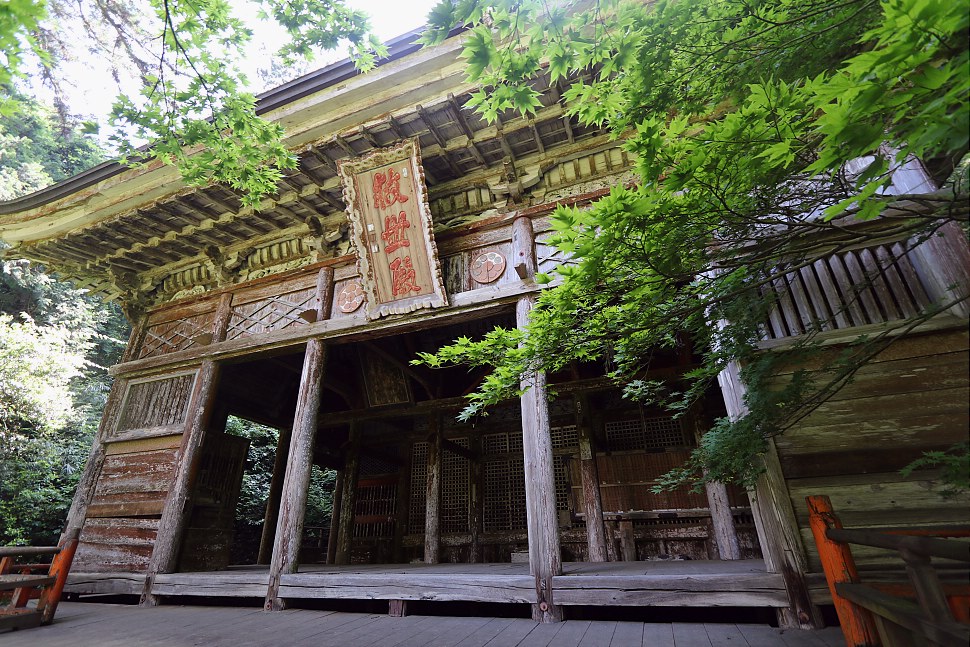
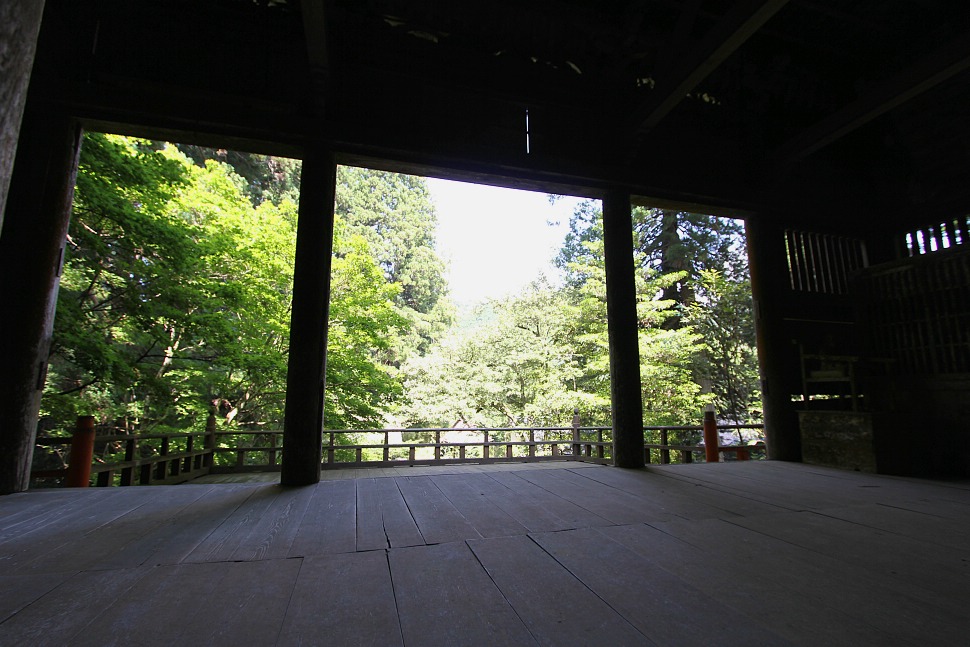
Next we head to Chokokuji, a temple on a hill with a picturesque ascent up to its pagoda. There are dozens of rabbits hopping around the grounds, all of them cared for by the temple's head priest. He kindly shows us the inner grounds of the temple and takes us to a room where visitors can meditate whilst lying inside a wooden coffin. A tad unorthodox, the belief behind the practice is that after spending time in the coffin one is reborn as a better person. Whether or not one finds this tradition appealing, it is undeniably intriguing.

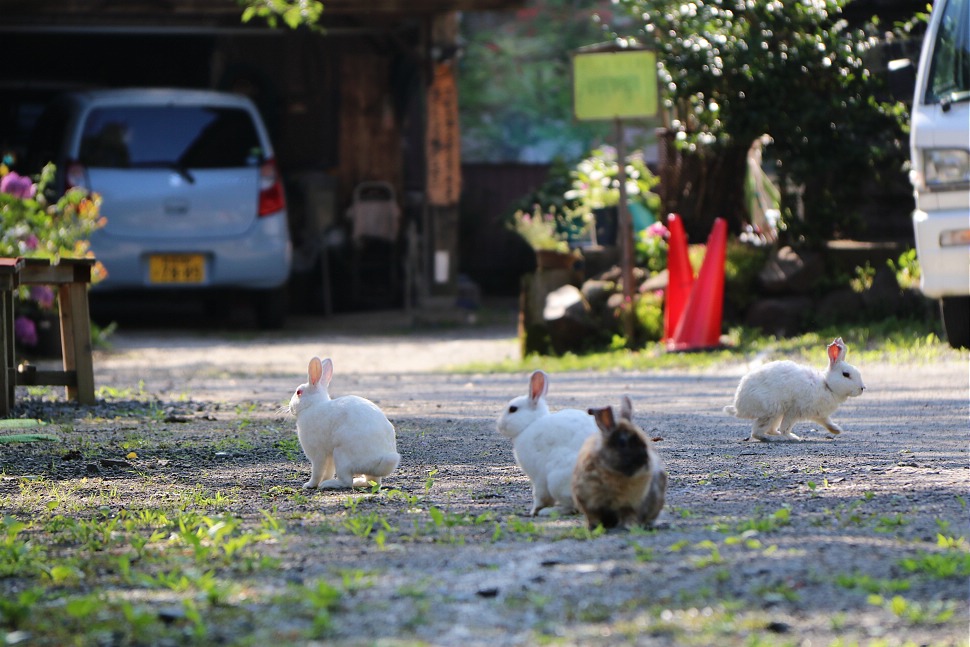
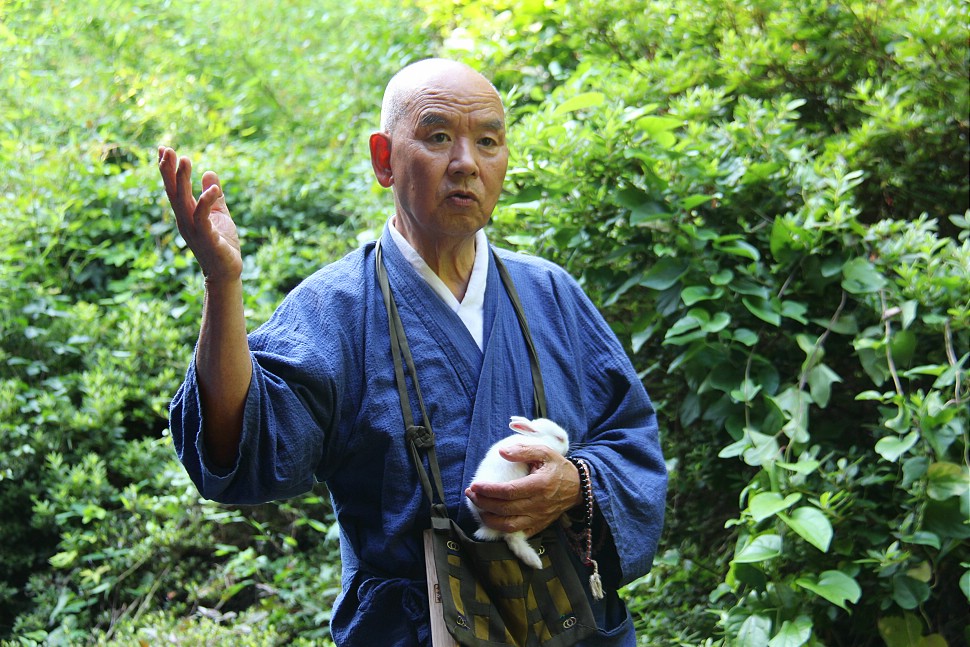
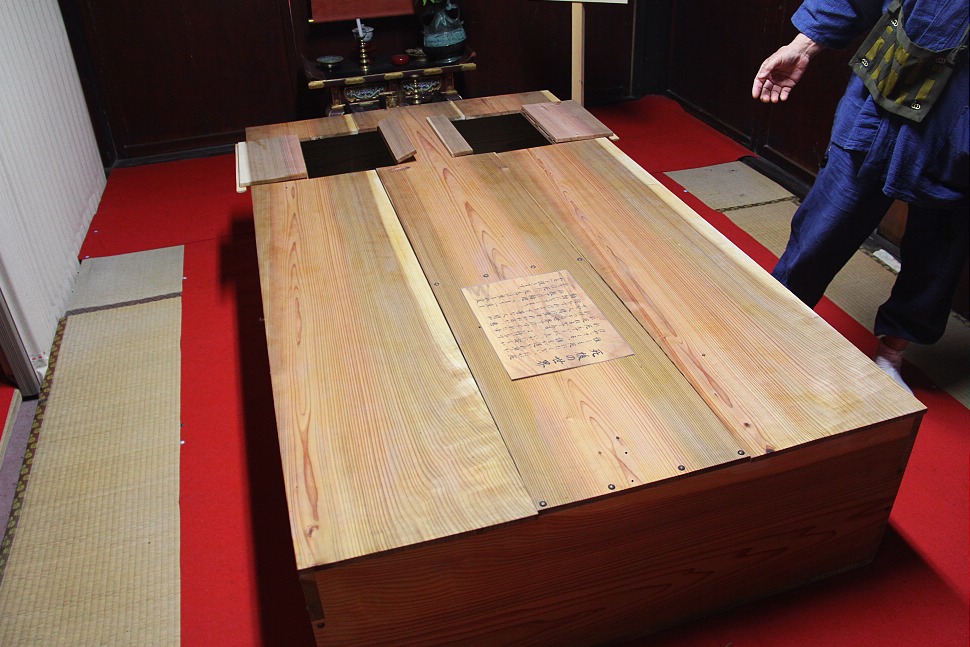
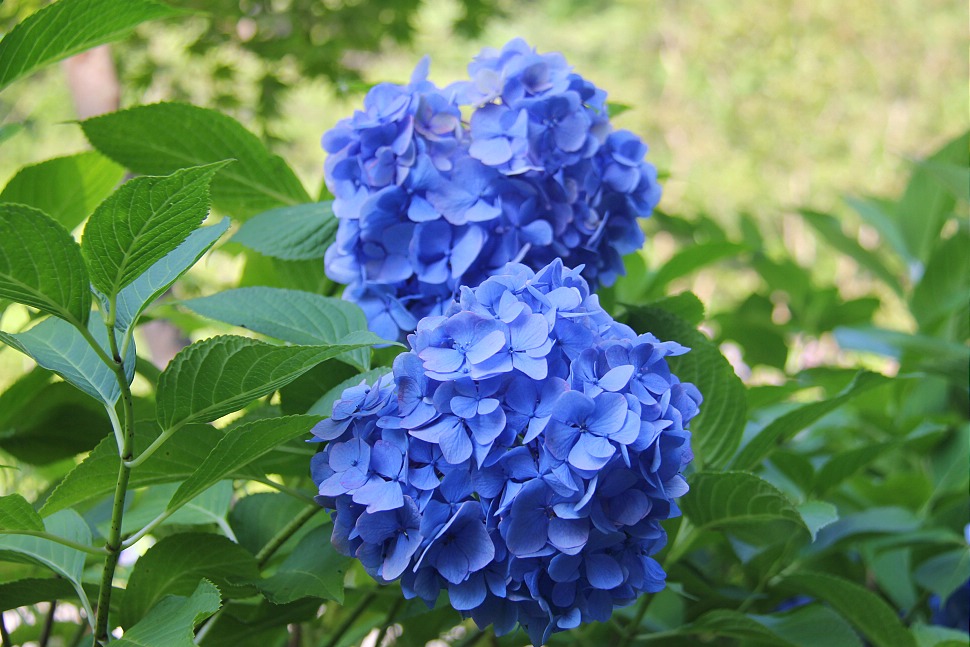
Having worked up an appetite we follow our noses to Aikawa, a quaint town with a yakitori restaurant very well known in these parts. Like where we ate lunch, Kinpuku is a one man show with the owner being the lone steward of the smoky grills, the only difference being that he doesn't himself catch and kill the meat he serves, or so we presume. It's a Monday night but Kinpuku is packed and the atmosphere is lively and jovial. We order and gorge down a variety of the large selection of yakitori the owner grills up including old favorites like chicken thigh with leek and tebasaki (chicken wings), as well as less traditional but no less delicious yakitori like grilled tomato wrapped in bacon. We wash it all down with some refreshing local sake. Next it's off to another popular eatery in town, Takeya, where we eat a delectable sashimi platter with shrimp, tuna and sea snail helped along with more sake.
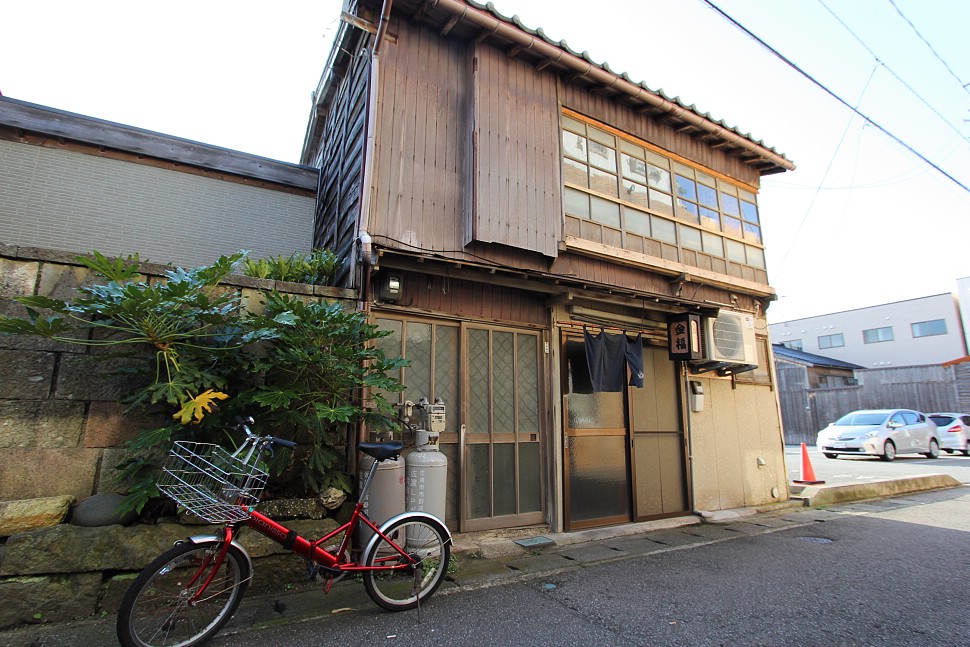
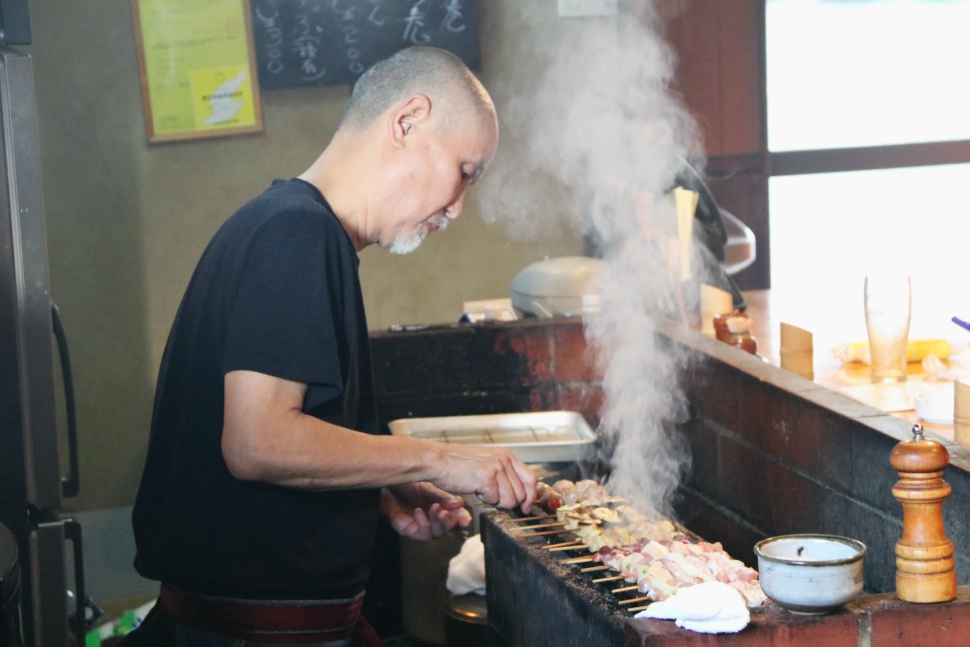

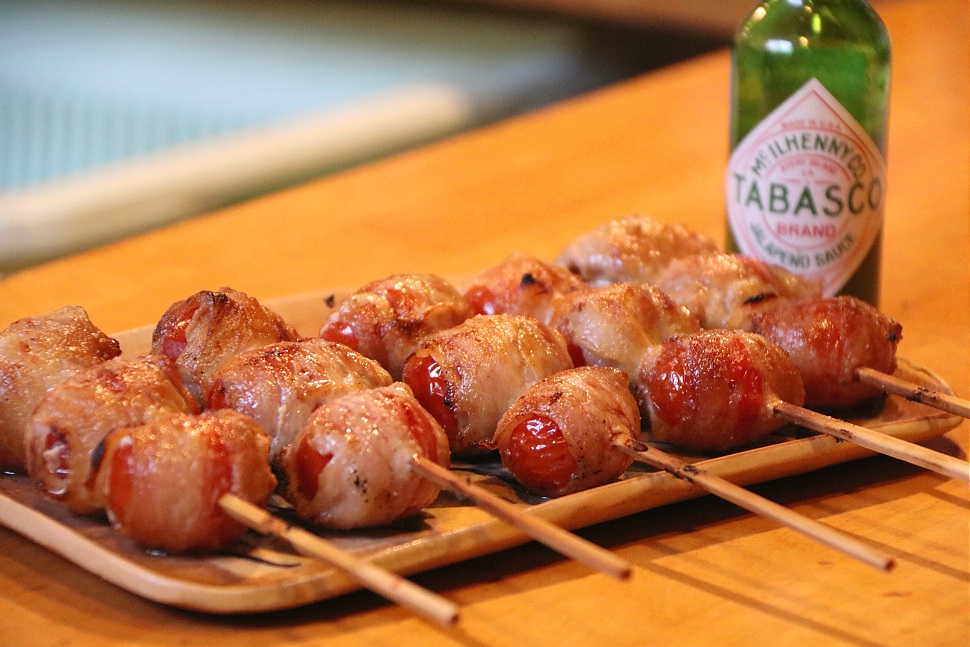
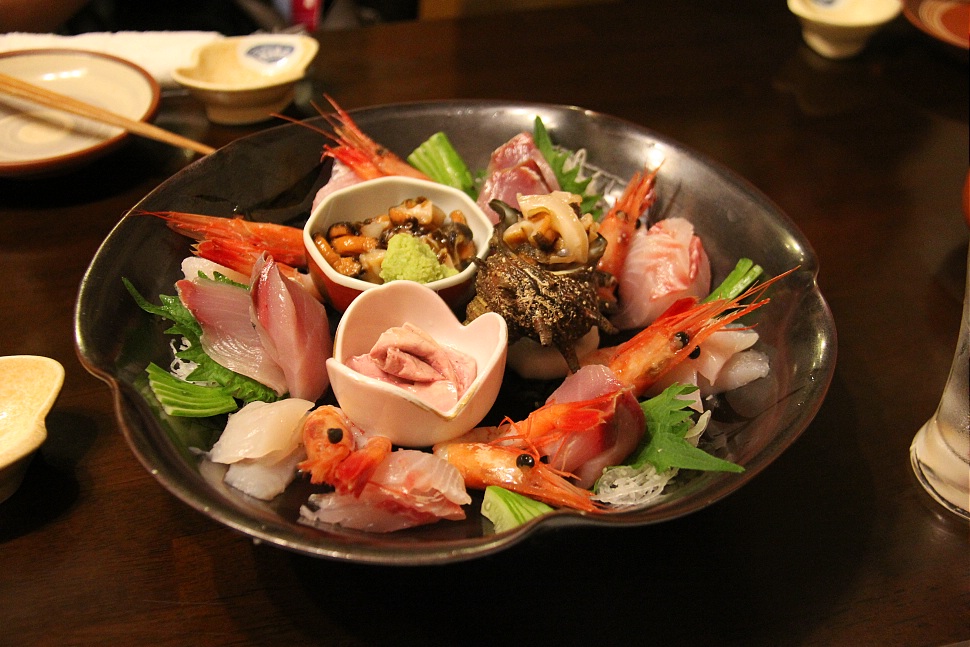
We rise the next morning and eat a traditional breakfast at our ryokan overlooking the ocean on Sado Island's west coast. Taking in the fresh sea air, we hop in the car and drive along the island's meandering roads to the area where Sado's old gold mine is located. Sado Kinzan Gold Mine was established in the early Edo Period following the discovery of gold on the island. The vast wealth generated from the mine helped to finance the Tokugawa Shogunate and also made nearby Oma Port and surroundings a boom town with a population of 100,000 in its zenith, incredibly twice that of the whole island today.
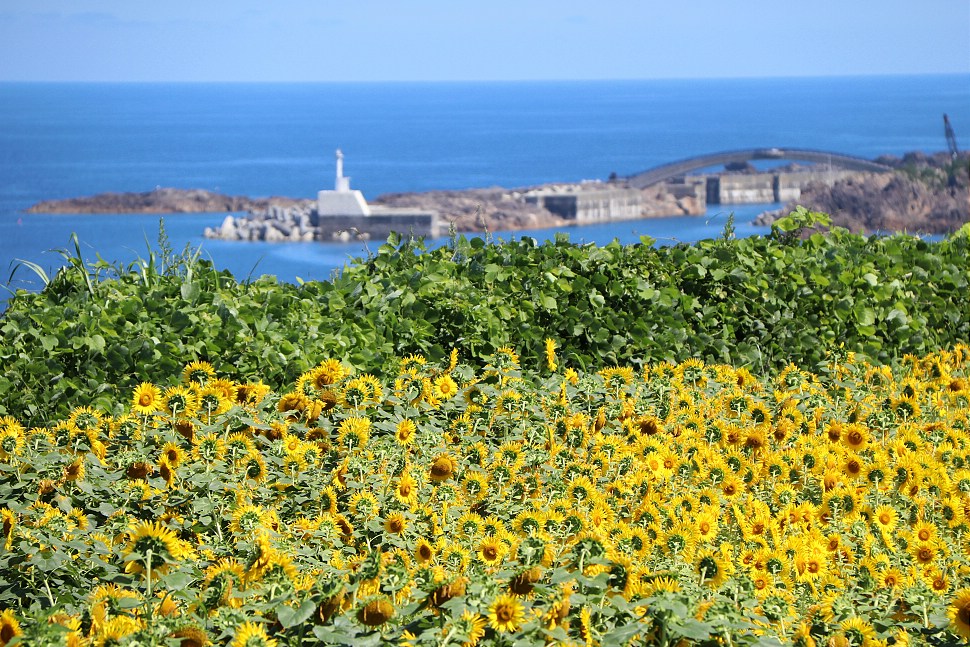
The first thing we behold when we arrive is the Kitazawa Flotation Plant, an imposing complex previously used to separate the mined precious metals from their ore. Built in 1937, the plant employed the then cutting edge technique of 'flotation and dressing' in which bubbles were used to extract the gold and silver and bring it to the surface. At its peak, the plant was known as the largest of its kind in the East and today stands eerily quiet as a dilapidated yet majestic reminder of the past industry of Sado Island.
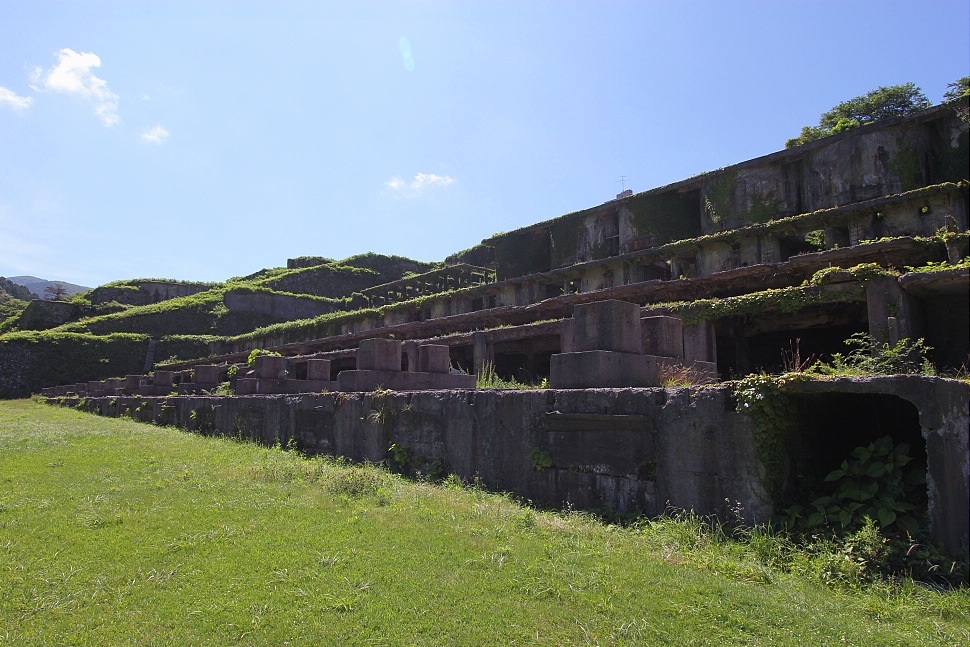
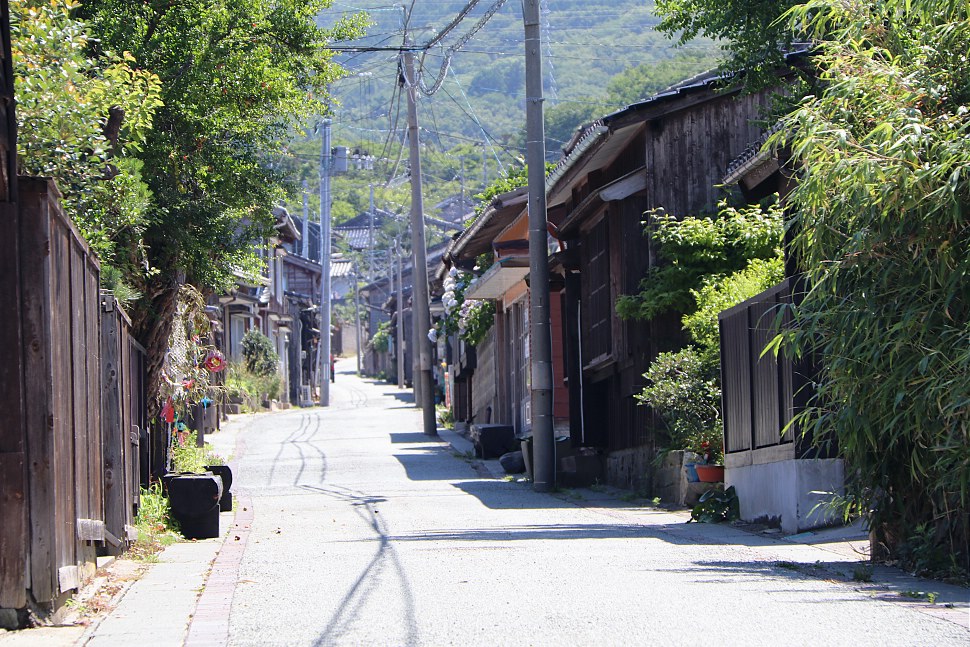
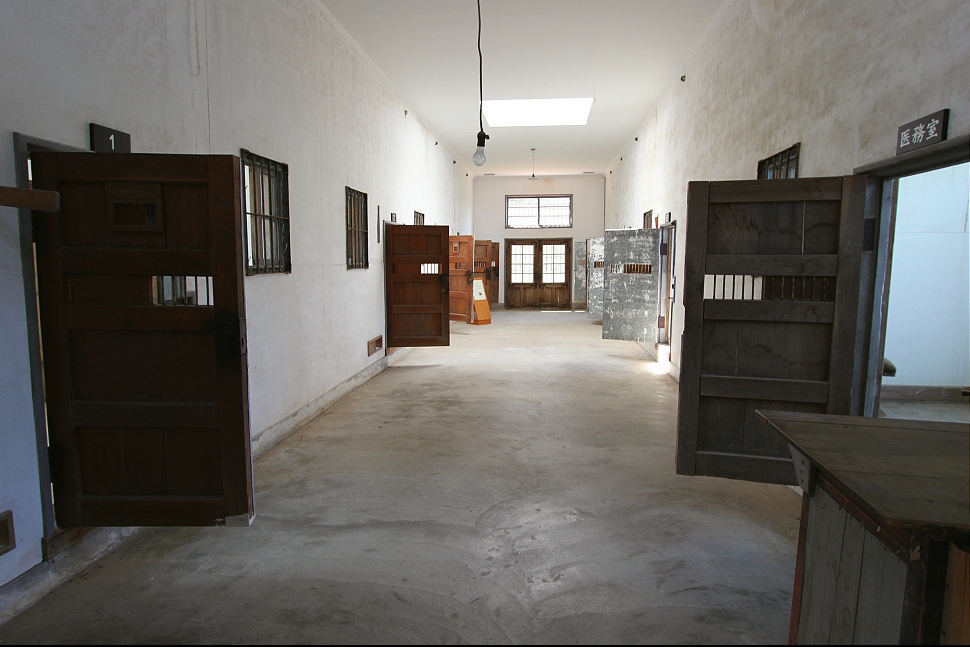
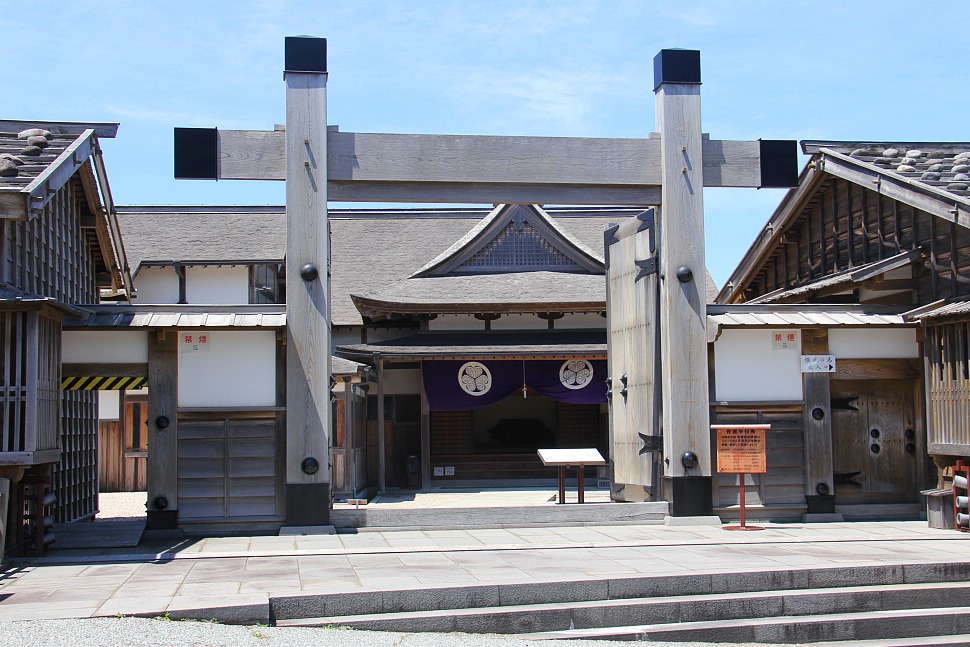
From the Flotation Plant we climb the hill to Kyomachi Street, where mine workers and prospectors lived side by side during the Edo Period. The preserved Edo-style buildings still house a small community which includes a craft shop and a post office as well as the infamous Aikawa Detention House, a small jail that served the area in the mid twentieth century and is now open for the public to explore. Our appetite for history whetted, we decide to move on to another of the island's old neighborhoods, but not before grabbing lunch at Shimafumi, a fetching roadside bakery and restaurant with breathtaking views of the ocean.
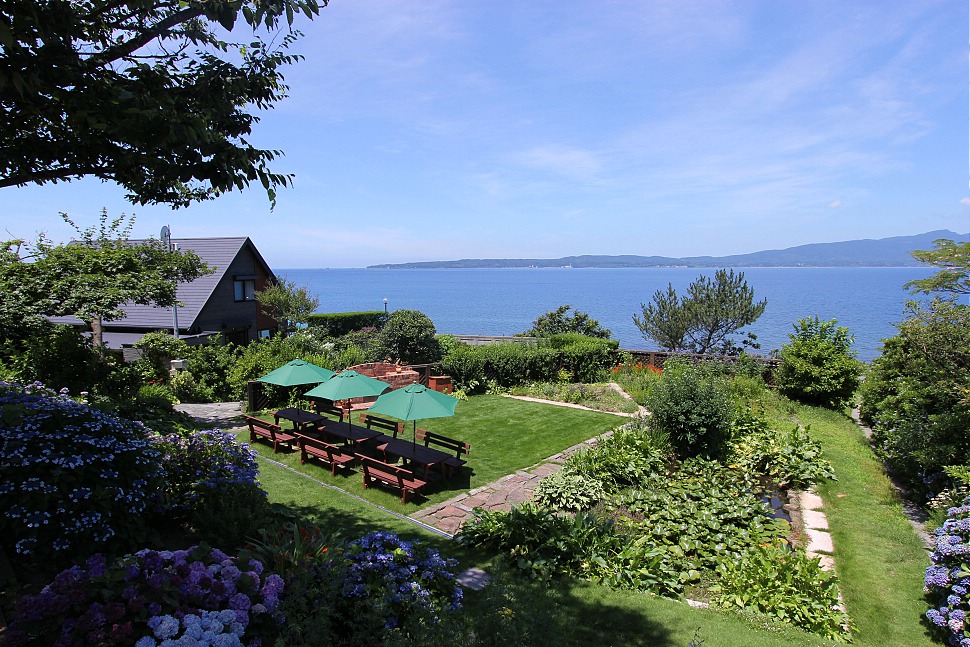

The next stop is Shukunegi, an old port town that flourished during the gold rush. Traditionally, the town has been inhabited by shipbuilders and merchants; a testament to which is in the construction of the houses which in some cases use old ship boards as walls. The narrow alleys are alive with echoes of centuries past, and a few of the houses are open to the public. There is also a minshuku (Japanese style guest house).
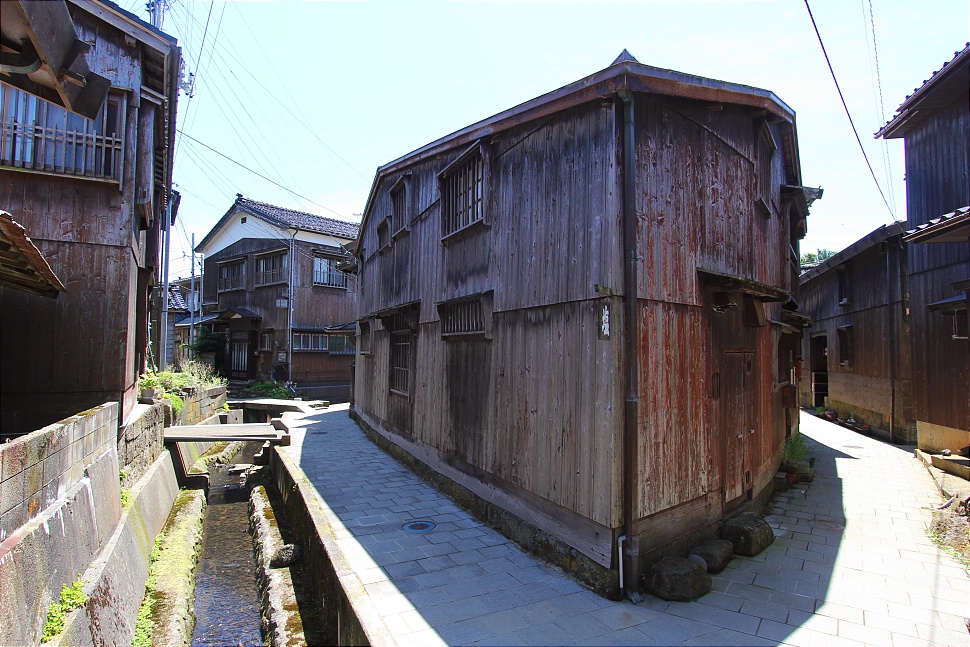

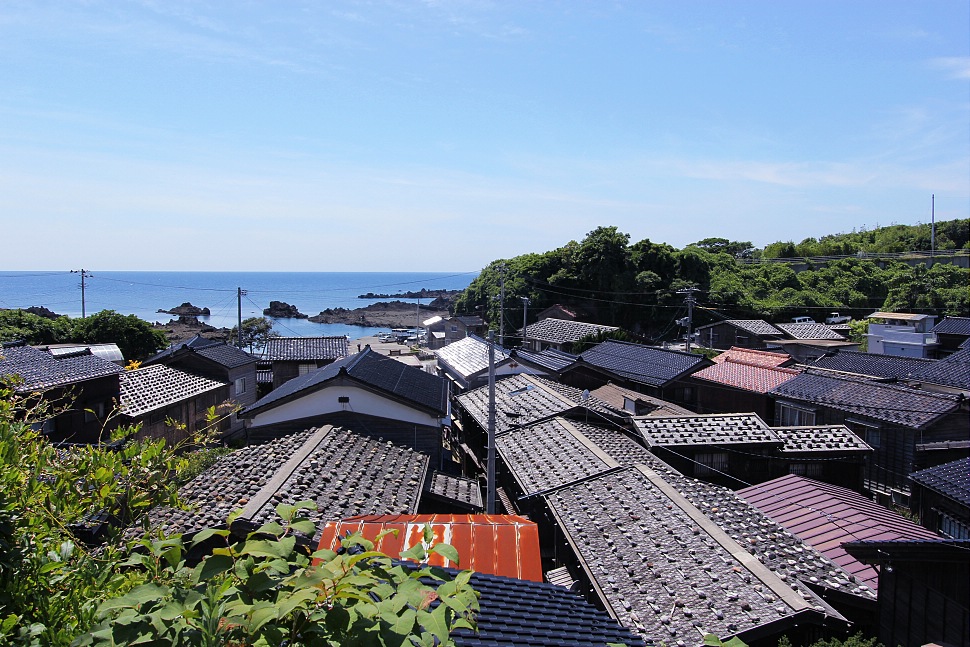
All this exploring has left us in need of some relaxation, and what better way to do so than by experiencing one of Sado Island's most famous traditional practices? Taraibune or hangiri (literally 'half barrel') are a type of wooden sea vessel that resemble large tubs that the locals began fishing from to avoid paying a boat tax during the Edo Period. Today, visitors can experience a mini voyage in one of these curious sea crafts captained by one of the local women in traditional dress. It is possible also to take a Taraibune tour from Ogi and Shukunegi, however the Yajima-Kyojima location comes to us as a special recommendation and is the only place where the floating tubs have glass bottoms through which to observe sea life. The experience doesn't disappoint and on the tranquil float around Yajima-Kyojima's small inlet, a variety of sea life can be seen including mackerel, oysters and blow fish. At 500 yen for roughly 20 minutes, the trip is good value too.
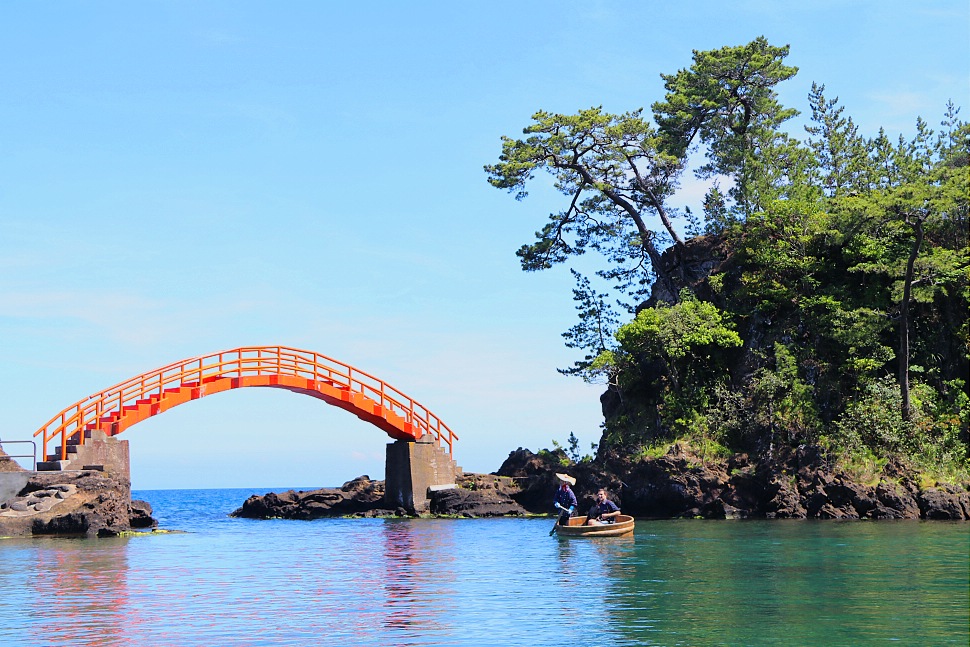
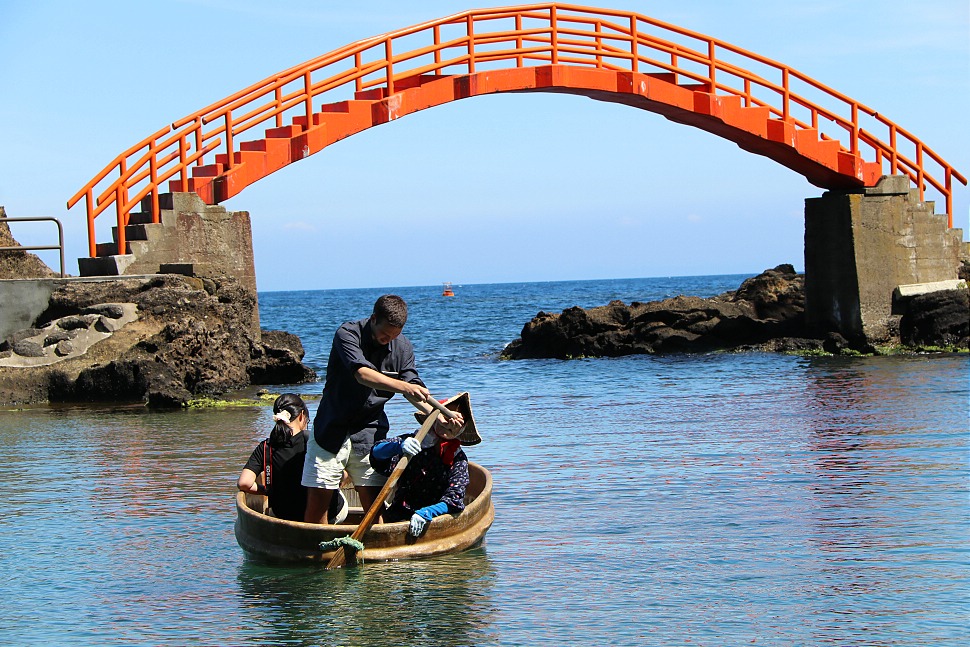
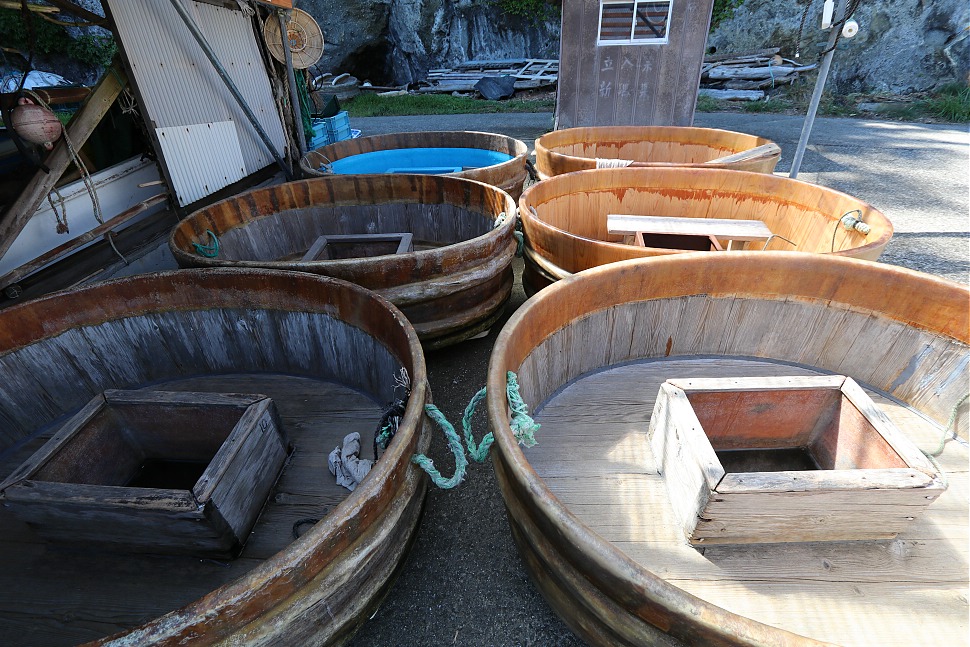

Sado Island is also known as the last home of the Japanese crested ibis. Referred to as toki in Japanese, this symbolic bird was driven to extinction in Japan. The Sado Island Toki Forest Park is the place where the bird is currently bred in captivity with the intention to return the species to stable numbers. We explore the park and its enclosures that house the birds and are able to get up close to them. Seeing the birds healthy and in fair numbers gives us hope for the species and is an aptly positive conclusion to our tour of this beautiful island. On the way back to the ferry terminal, there's time to fit in a shrine and some more breathtaking views of the island.
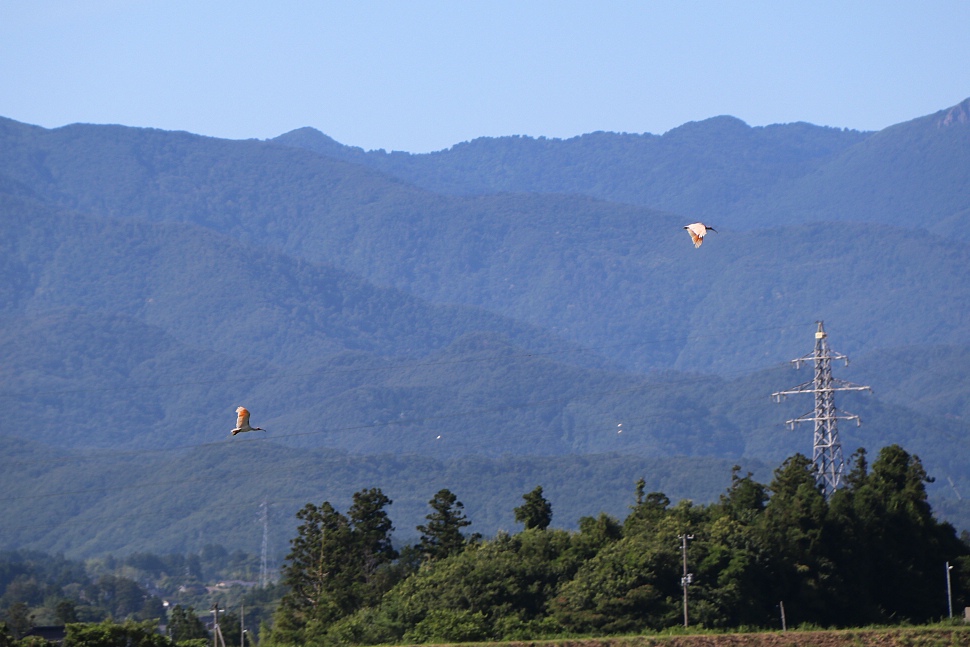
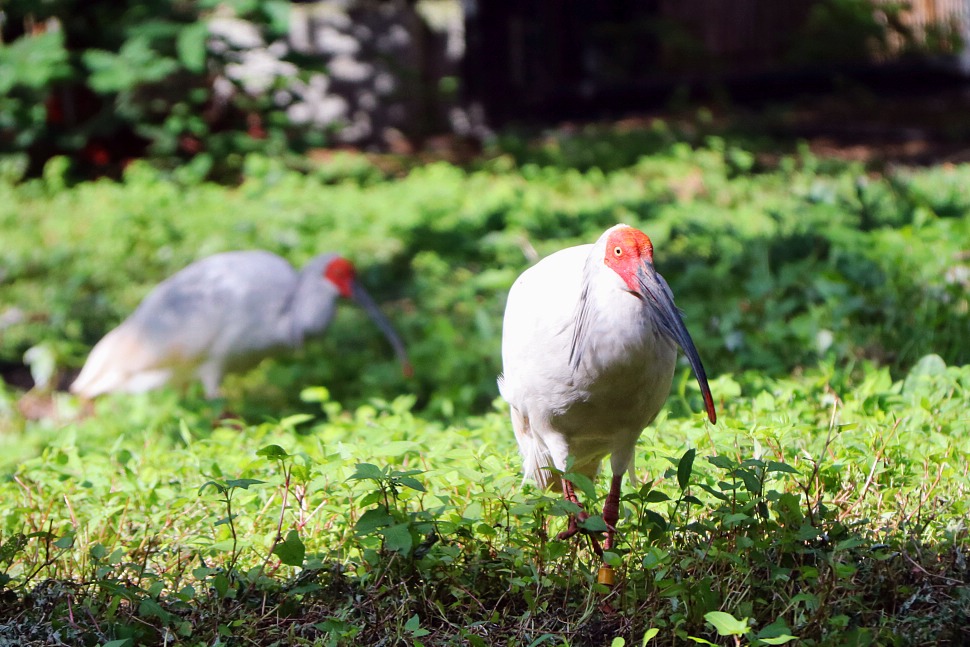
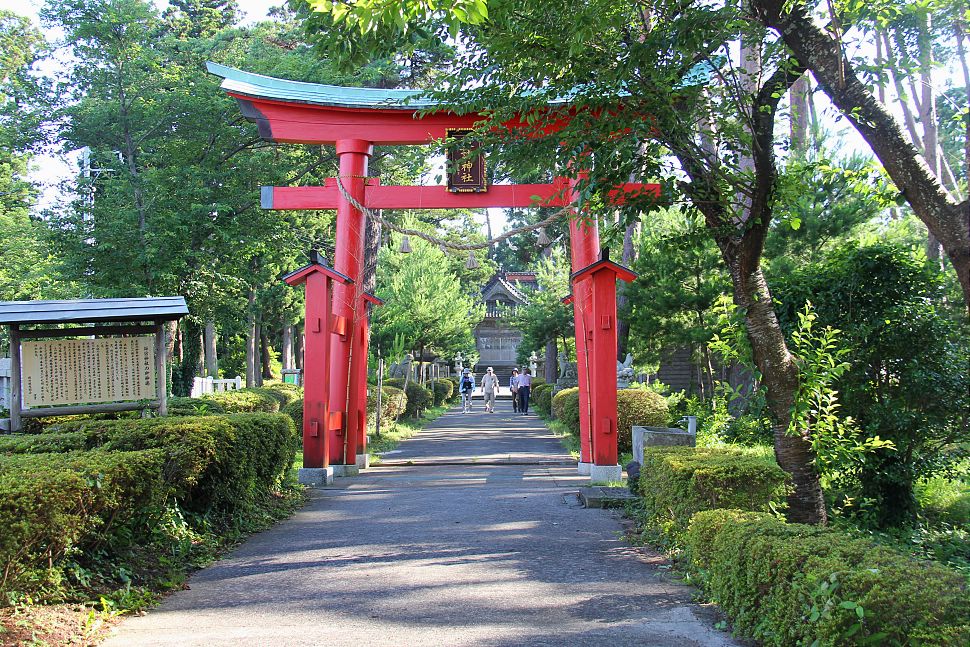


To book your trip to serene Sado Island, visit Booking.com.